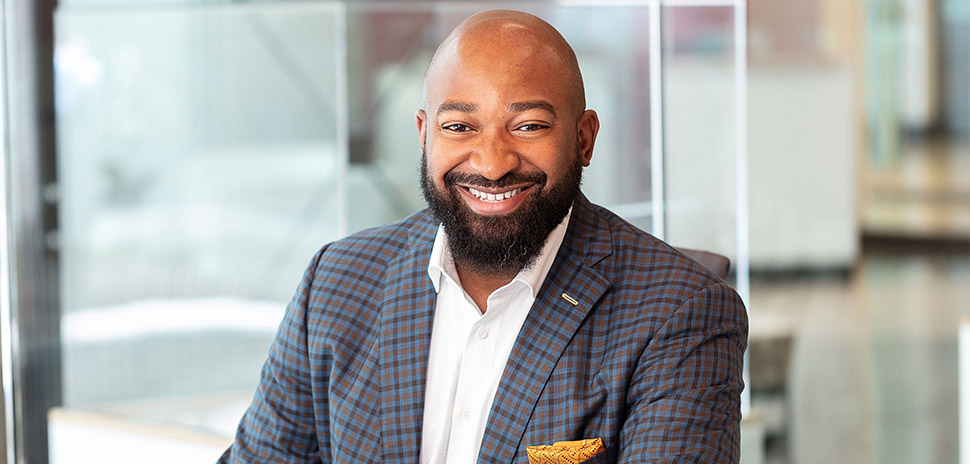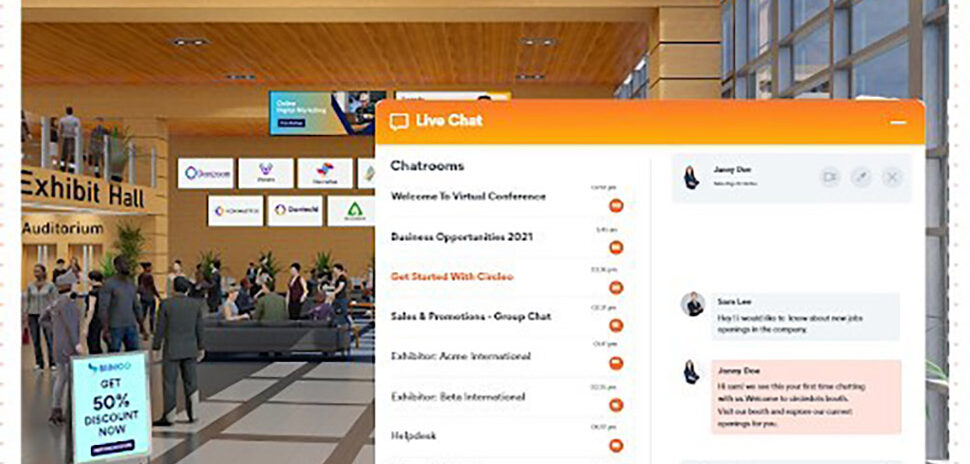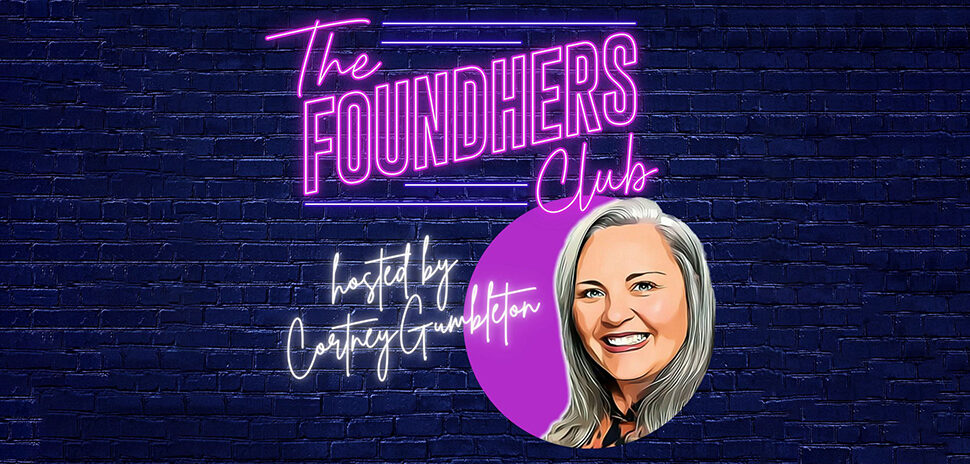Whether he’s on a project as a senior designer at HKS or serving in the Dallas community, Alex John believes in the power of bringing people together to make something better.
A vice president at HKS, John is applying that hopeful attitude in leading TREC’s effort toward diversity, equity, and inclusion in Dallas-Fort Worth’s commercial real estate community.
And it didn’t just start in the spring, when protests against racial injustice swept America.
“This was a conversation before so much social unrest had engulfed our country,” John said. The double blow of pandemic and protests stressed the importance of taking intentional, thoughtful steps toward equality. The idea is to hear from people across the real estate community from many different races, backgrounds, and generations.
“We want to have candid conversations, not just saying the right words, but hearing the intent behind them,” he said.
A diverse group of TREC leaders and members came together on a weekly call beginning in April through the summer, talking about ways to encourage positive change in the real estate community.
“Everything is made better when you bring differing perspectives into the room,” John said. “That’s something we feel has been lacking in a substantive way in the real estate community.”
The group developed the TREC Diversity, Equity, and Inclusion Statement, which reads:
The Real Estate Council believes we must utilize diverse, equitable, and inclusive practices to enrich, transform, and Build the City We Imagine. We actively seek, without bias, to eliminate racism, prejudice, and discrimination of any form within the commercial real estate industry. We are committed to creating a diverse and inclusive culture as we focus on leadership development, public policy, and community investment.
Now the effort moves into an exploration phase. Over the next six months, TREC will identify actionable goals that can be implemented over the second half of 2021. John’s hope is that a year from now, there will be substantive changes in the TREC community resulting in more equality in future opportunities.
“It’s important that we’re understanding the difference between equity and equality,” John said. “I look at it like this: equity is an investment in equality of the future. When things have been disproportionately distributed, they need to be actively changed.”
The idea of listening first is also important in John’s work, currently as a senior designer with HKS Commercial. When he begins a project, he starts by asking members of the community what they need, not by bringing his own preconceived ideas, he said.
Their needs have likely changed this year, as COVID-19 exploded old ideas on how spaces should function. With many employees now working at home much of their time, both home and the office need makeovers. Those who work from home want their houses and apartments to have dedicated workspaces, while offices are becoming places for collaboration and engagement.
“We want an environment that promotes people coming to the office,” John said. “Right now, we’re entertaining ideas. Our spaces need to change, knowing our world is changing.”
He’s hopeful that the rapid growth of the Dallas region will continue in positive ways.
When he was a student at Prairie View A&M University in the early 2000s, John came to Dallas for an internship. He liked driving all over the area to see different parts of the city. One thing he noticed then still strikes him as important and changing for the better today.
“There are parts of the city that are so beautiful and have so much potential that have been ignored,” he said. “What excites me most is that spaces which have been ignored for decades seem to have the spotlight on them right now.”
One example is the Trinity River corridor. John is excited by the possibilities. He thinks the land around the river linking downtown Dallas and downtown Fort Worth deserves all the attention it’s getting and more.
If it had been up to him, the new Dallas Cowboys stadium would have gone to the Trinity River area in Dallas instead of AT&T Stadium’s home in Arlington.
John believes the Trinity River needs a signature “high-energy” project to bring new life to the area. He’s been “a huge proponent for the Trinity Park Conservancy,” which is bringing some unique natural attractions to the area.
Dallas-Fort Worth has been America’s fastest-growing metro area for several years now. But there’s still plenty of room in parts of the city that have been ignored in the last few decades.
“It would be great if, while this growth is happening, we embrace the personality of all of these different spaces and all of these different areas,” John said. “Let each of them be something unto itself, because that’s only going to add to the whole.”
When he first came to Dallas, a lot of the attention for commercial real estate centered on just a few spots in the region. Now he’s seeing development expanding into older neighborhoods that had been neglected—not to tear them down but to celebrate them.
John is hopeful that Dallas and Fort Worth will become even more robust because “there’s a valuing of communities that really seems to have started to happen” among residents and commercial real estate professionals alike.
A version of this story first published in the Fall 2020 edition of the Dallas-Fort Worth Real Estate Review.
Read the digital edition of Dallas Innovates’ sister publication, the Real Estate Review, on Issuu.
Sign up for the digital alert here.
![]()
Get on the list.
Dallas Innovates, every day.
Sign up to keep your eye on what’s new and next in Dallas-Fort Worth, every day.

































































